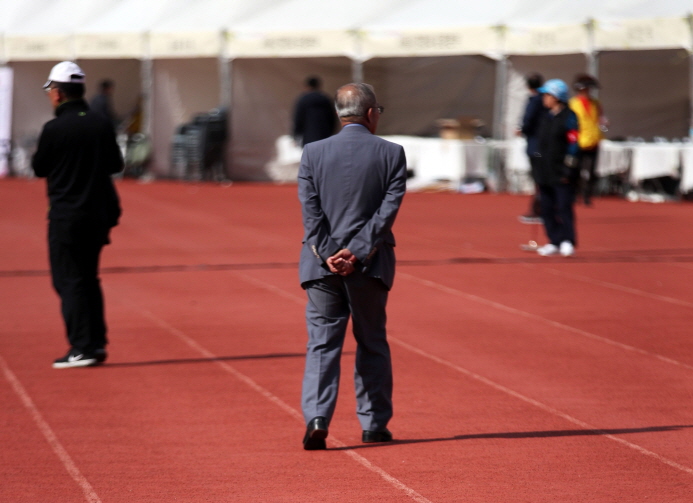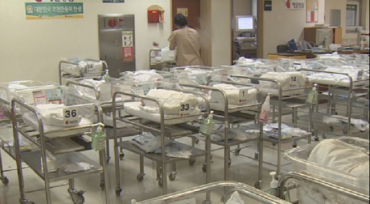
The ‘stand-up and walk test’ measures the time spent for a patient to get up from a chair, walk 3 meters, and return to sit back down on the chair. (Yonhap)
SEOUL, Oct. 31 (Korea Bizwire) — A recent study has revealed that one can measure the risk of cardiovascular disease just by looking at how patients get up from a chair and walk.
Researchers at Samsung Medical Center and Seoul National University Hospital International Healthcare Center (IFC) analyzed the test results of 1.08 million senior patients who were asked to get up from a chair and walk as part of their 66th year periodic health check conducted between 2009 and 2014.
The research team said that the test results can measure the risk of heart disease for each patient.
The ‘stand-up and walk test’ measures the time spent for a patient to get up from a chair, walk 3 meters, and return to sit back down on the chair.
Normally, a healthy patient can complete the whole process in less than 10 seconds.
This test can estimate the muscular strength in the patient’s legs, how fast the patient walks, and how well the patient can manage to keep his or her balance.
The research team observed each patient for an average of 3.6 years to see if the test results had any correlation with myocardial infarction, chronic heart failure, atrial fibrillation, and death.
The results showed that during the observation period, 8,885 patients suffered from myocardial infarction, 10,617 patients from chronic heart failure, 15,322 patients from atrial fibrillation, and 22,189 patients passed away.
Looking at their ‘stand-up and walk test,’ those who took more than 10 seconds to complete the test were 9 percent more exposed to the risk of myocardial infarction than a healthy person, and 8 percent more exposed to the risk of heart failure.
The risk of death was also 17 percent higher than a healthy person. Patients who took more than 20 seconds to complete the test were more exposed to various health risks.
“Heart muscles are soon replaced by fat, which also comes with substances that can cause inflammation in the blood vessels and hurt the heart,” explained IFC Prof. Jeon So-hyeon from the research team.
“For seniors with high exposure to the risk of heart disease, proper nutrition and balanced exercise is crucial to prevent muscle loss.”
H. M. Kang (hmkang@koreabizwire.com)






